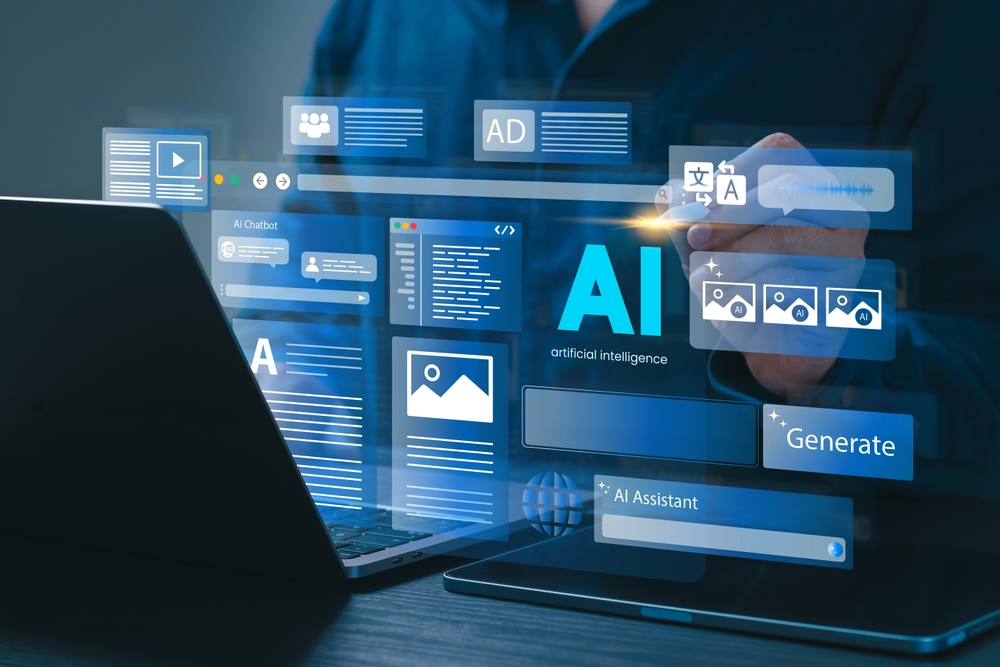The process of conducting a literature review—once time-consuming and often complex—has entered a new era with the introduction of an advanced AI-powered tool in the Web of Science Research Assistant. This innovation, known as Literature Review 2.0, leverages agentic AI, a new generation of artificial intelligence capable of reasoning, interacting, and adapting to user needs in real time. With this tool, researchers now have access to a highly personalized and efficient approach to identifying knowledge gaps, refining research questions, and synthesizing relevant findings.
Unlike traditional generative AI models that focus on providing fast but often broad responses, agentic AI is designed to perform multi-step operations. It interacts with users throughout the process, offering tailored recommendations and validating strategies along the way. This capability makes it ideal for academic research, where nuance, precision, and transparency are essential.
A New Standard for Research Efficiency and Accuracy
Literature Review 2.0 is built to support researchers at every stage of their literature exploration. From the very beginning, the AI agent engages in a dialogue with the user, aiming to understand the intentions, preferences, and scope of the research. It then uses this input to propose an optimal path for the literature review.
One of the core features of this tool is its ability to refine search queries intelligently. Rather than relying on static keywords, the agent evaluates the specificity of the research question and suggests subtopics to help narrow the focus. This ensures that researchers are not overwhelmed by irrelevant material or misled by outdated or overly recent documents.
The system also allows users to customize the scope of their literature search. After refining the question, the AI generates a detailed search strategy, including relevant themes, keywords, synonyms, and even related terms. Users have full control to include or exclude particular concepts, apply date filters, and define other criteria with complete transparency.
Personalized Insights and Customizable Reports
Beyond simply gathering articles, the new guide delivers a collaborative and interactive experience. The agent doesn’t just stop at pulling search results—it evaluates them, synthesizes the information, and compiles findings into a coherent report. Throughout the process, the researcher can specify the format and content of the final output. Whether they prefer summaries, expanded sections, or even a set number of bullet points in specific parts of the document, the system adapts accordingly.
This level of customization transforms the literature review from a static task into a dynamic partnership between human and machine. Researchers benefit from more focused insights and faster turnaround times, all while maintaining control over the process.
In addition to traditional review functions, the agent also introduces new dimensions to literature analysis. It can identify research hotspots, detect emerging trends, and support hypothesis development—all using curated data from the trusted Web of Science Core Collection. These capabilities not only enhance the quality of research but also give scholars a clearer understanding of where their work fits within the broader academic landscape.
What Lies Ahead for AI-Powered Research Tools
The development of agentic AI in the Web of Science Research Assistant signals a broader shift in how technology can serve academic communities. Literature Review 2.0 is just the beginning. Future enhancements are already in the pipeline, including the ability to set alerts, export results in various formats, and expand discovery across different types of academic outputs.
The ultimate goal is to help researchers complete work that traditionally takes hours or days in a fraction of the time—without compromising quality or academic rigor. As these tools continue to evolve, their potential to redefine everyday research tasks becomes even more promising.
By keeping researchers at the center of the process and ensuring that AI acts as a collaborator rather than a replacement, Web of Science is setting a new standard for how literature reviews are conducted, curated, and completed.



